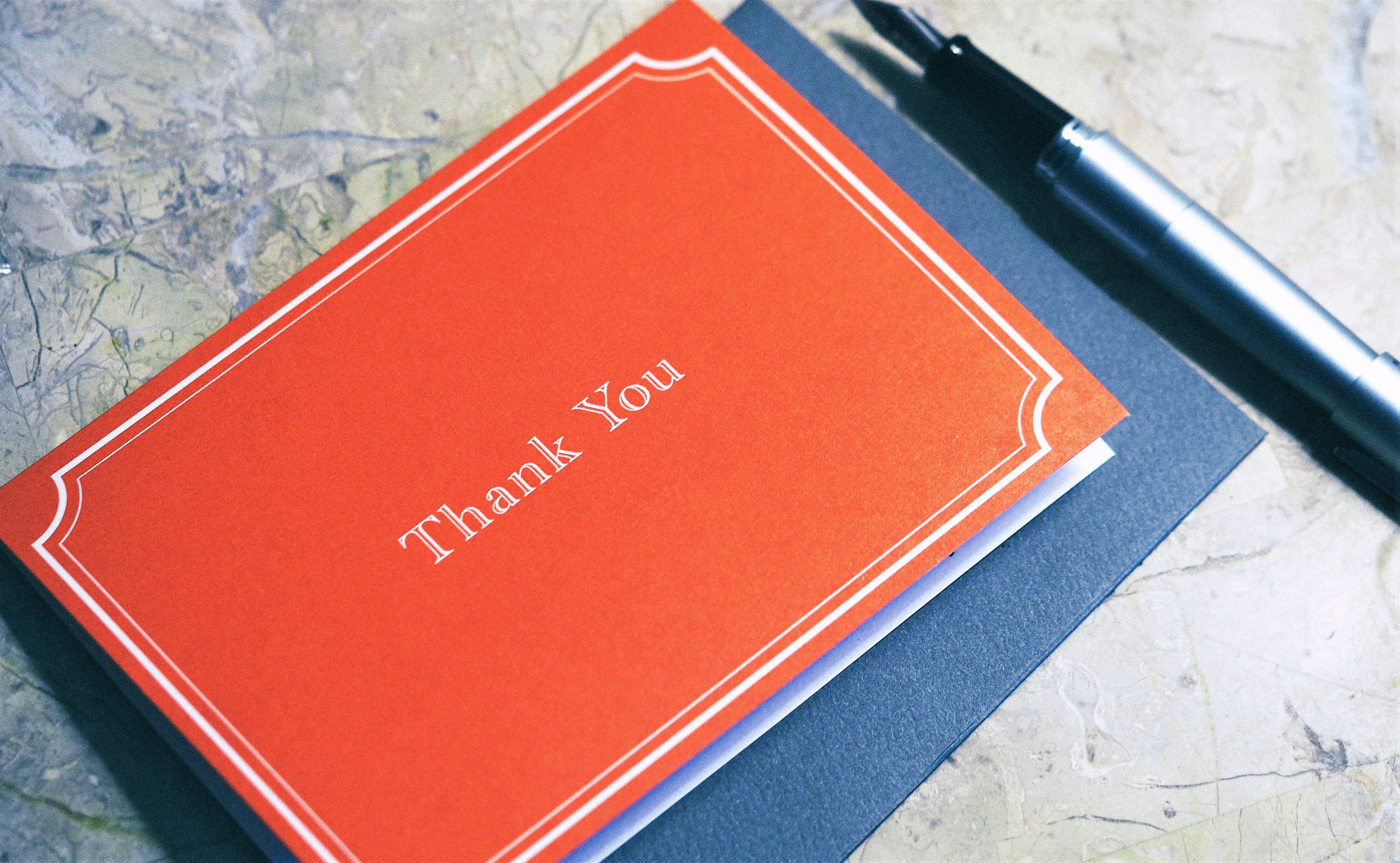

So you’ve got an interview lined up? Great news! Whether it’s an in-person or phone interview, you should be proud for getting to this point in the candidate process. But now comes the tough part. Interviews are never easy. They’re nerve-wracking, challenging, and a bit awkward. But with the right resources and plenty of practice, anyone can master the art of the interview. And I’m here to help: check out these 7 tools that will help you nail your next interview.
1. Get Your Story Straight
In several interviews, I’ve been asked to start by answering: “So, tell me about yourself.” Uh, where do I begin? “Well, I was born on a cold January day…” No, this isn’t the time to recite your autobiography, and if you’re not prepared for this question, you might end up rambling about every detail of your life.
This is your cue to give your “elevator pitch.” In one sentence, you should be able to tell your interviewer a quick background about yourself and your objective.
Sounds like a daunting task, but here’s a great one-liner I’ve used when answering this question: “I'm an attorney-turned-marketer with experience in events and experiential marketing (my background), and I’m looking for my next role where I can focus on marketing strategy (my objective).”
(True story: I was asked this question when interviewing at HubSpot, and this was my “elevator pitch.”)
Once you’ve gotten your story straight, practice! Practice! Practice! Say it out loud a few times to friends or family so that it’s rehearsed and rolls off your tongue, but make sure not to sound robotic.
2. Know Why You’re There, and Be There Because You Want To Be
You’re at the interview for a reason. You may be asked by the interviewer, “Why do you want this job, and at our company?” Your answer should not be, “Because I want to get paid.”
Your answer should focus on why you chose this role and this company, so make sure you know the answer to both of those.
In order to answer these questions, you first and foremost need to be honest with yourself. Does this role actually excite you? Do you actually want to work at this company? If the answer is “no,” then don’t waste your time or your interviewer’s time. Be there because you want to be there.
3. Honesty is the Best Policy (to a degree)
I mentioned above that you should be honest with yourself. You should also be honest with your interviewer. But you don’t want to be too honest. And you do not want to lie. The Honesty Policy when interviewing is that you want to be truthful while at the same time bolstering your accomplishments or mitigating any mistakes or failures, but under no circumstance should you ever lie about anything on your resume or your experience.
Here’s an example of how to follow the Honesty Policy in an interview. A question frequently asked in interviews is: “Why did you leave your last position / why are you looking to leave your current position?”
A wrong answer would be: “My boss was a real jerk and never gave me a raise even though I poured blood, sweat, and tears into the company.” TMI. Even if it’s true, that is too honest. Plus, you’re at an interview, not a therapy session.
A better answer would be: “I’m looking for a role in a company environment that supports personal and career development and growth.” See the difference? One is gossip-oriented, and the other is growth-oriented.
4. Give Pause
Ever find yourself answering a question that turns into a never-ending ramble? When the interviewer asks you a question, she or he wants to know the answer to this question, not the answer to every question under the sun. So answer the question asked, and then stop talking! It might feel like an awkward silence at first, but this pause is a cue to your interviewer that you’ve answered the question and you’re ready for the next one.
5. Practice the Stall Method
Your interviewer asks you a question and suddenly your mind goes blank. What do you do? Give the old Stall Method a try!
Stalling for time, when done tactfully, gives you a brief moment to collect your thoughts and come up with an answer. It also minimizes yours “ummmms”, which is interviewing death because it sounds like you don’t know what you’re talking about.
Here are a few tactics in the Stall Method you can say or use:
- “Can you repeat the question?”
- “I’m not sure I understand your question, could you please clarify?”
- Repeat back the question: “If I understand you correctly, you’re looking for ___.” (Caveat to this tactic - make sure it’s not a simple question that doesn’t require clarification, such as, “What was your favorite class in college?”)
- Simply say, “That’s a good question, let me think about this for a brief moment.” Key word here “brief” - don’t then sit there for 2 minutes thinking about your answer; about 4-5 seconds is acceptable.
Warning: Use the Stall Method sparingly and only when necessary. You don’t want to come off as someone who doesn’t know what she or he is talking about, or that you simply aren’t paying attention to your interviewer. Yet when done correctly, the Stall Method buys you just enough time to save yourself from deer-in-headlight syndrome.
6. Go for the Ask
If you take nothing else away from this blog post, remember this: at the end of your interview, go for the ask. Always. I know this is scary, but don't be shy. You're there for a reason, right? You’re there to get a job. So ask for it!
Here are some of my go-to lines when I’m asking for the job.
- “What are the next steps in the process?”
- “Is there any clarification about my experience I can provide?”
- “Is there anything about my qualifications that may give you pause about hiring me?” This one is risky and takes courage, but fortune favors the bold. It forces your interviewer to tell you what, if anything, you can improve upon or any negative points against you. It also gives you talking points if/when you make it to the next round, or, if there is no next round, something you can work on in future interviews.
7. Say Thank You
Your interview is over and you’re decompressing from the stress. But there is one last, and very important, thing left to do: send your interviewer(s) a thank you note. This is so simple, yet so often overlooked.
Send your interviewer an email (or a handwritten note, depending on the timeline of the hiring process) and thank him or her for his or her time and consideration, and then add one or two notable points from your conversation.
If you follow these 7 under-the-radar interviewing strategies, you'll nail the interview. The rest will be up to your interviewer to determine if you’re the right fit. Good luck!
Interviews





